Brest State Technical University, Course "Contemporary Intelligent Information Technology (CIIT)"
From Students' Works (2013)
 All One Problem (with 1000 binary genes, assuming 1 is good gene while 0 is not.
Each population includes 100 such chromosomes)
All One Problem (with 1000 binary genes, assuming 1 is good gene while 0 is not.
Each population includes 100 such chromosomes)
With 1 and 0 both being 50% ... By Ilya Mokin (2013).

- With 1 being only 0.1% ... By Evhuh Alexandr (2013).

=> Quite amazingly it evolves to all "1" chromosome though it takes longer generation.
 Function Minimization Problem => serch for the point of minimum value of y
Function Minimization Problem => serch for the point of minimum value of y
- 20-dimensional Sphere Model: y = (x1)^2 + (x2)^2 + ... + (x20)^2
- 2-dimensional Sphere Model: y = x^2 ... By Galina-Bezabrazova
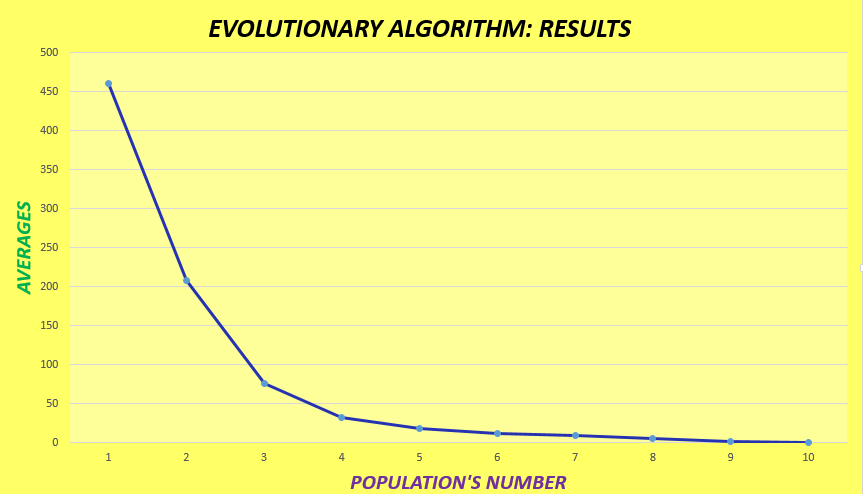
=> It seemed easy to find a minimum, that is (0,0). The algorithm found it at 10-th generation.
- The other 2-D function: y = x^4 - 5 x^3 - 6 x^2 + 8x + 15
showing points on the graph along an evolution ... By Kalybski Vasili



One more other example y = 3 + x^2 - 3*cos(2*pi*x) called Rastrigin function ... By Lutich Pavel
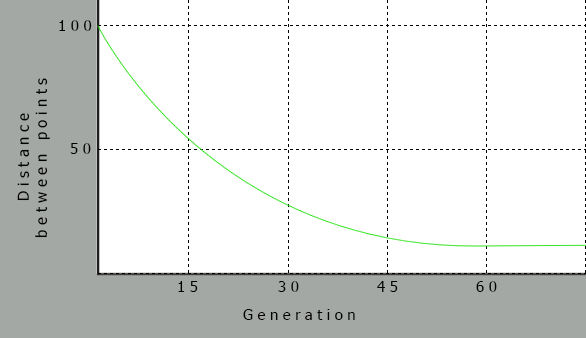
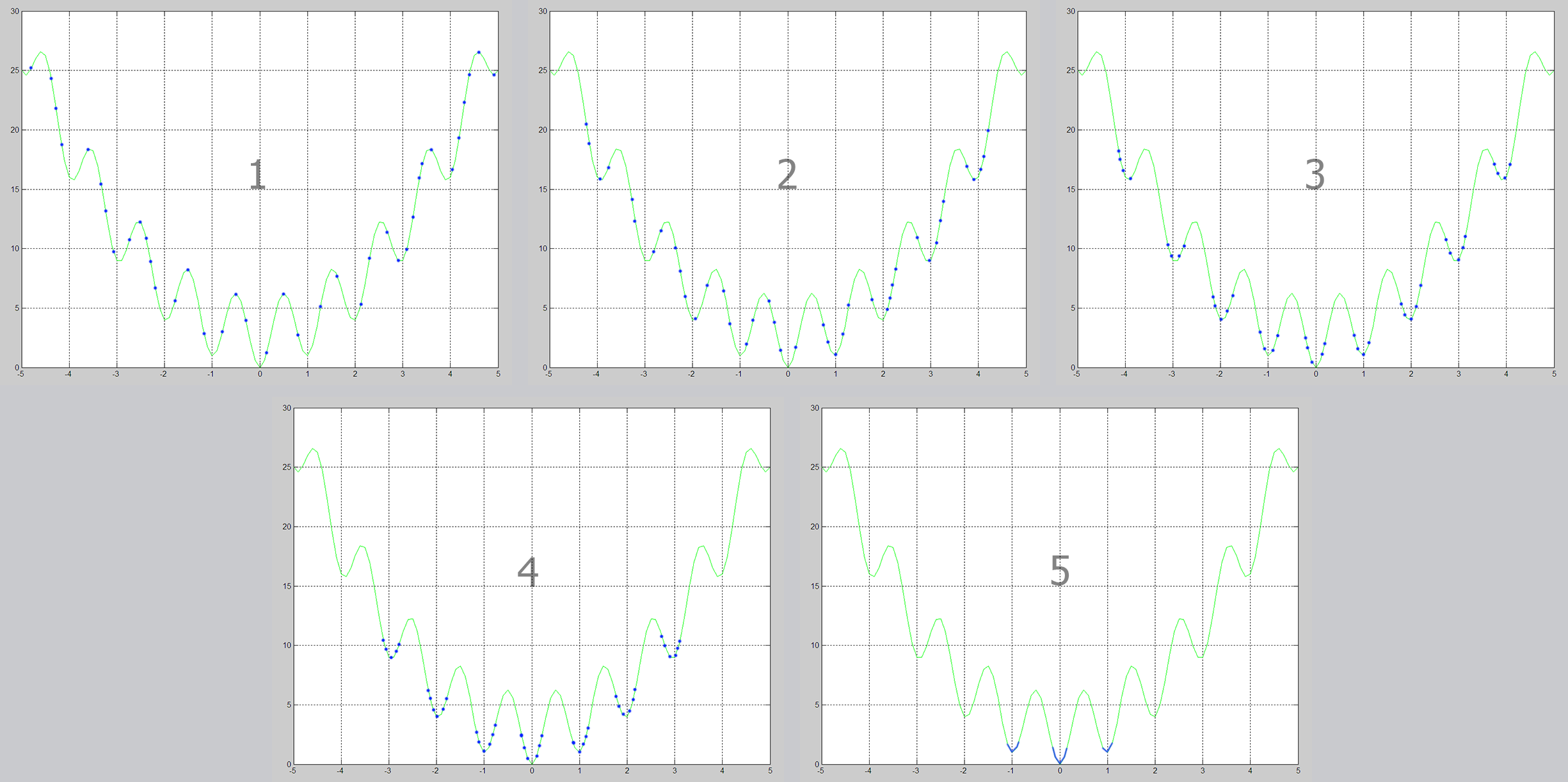
- A function with 5 minimum
y = sin (5 * pi * x) ... By Lisenkov Roman



 Knapsak Problem
Knapsak Problem
- The worst and the best selection of the given weight and prices of 100 items ... By Meluch Michael

- The other example ... By Romanyuk Vladimir


 Training Neural Networks
Training Neural Networks
- Feedforward NN with 5-5-1 architecture to solve 5-even-parity Problem
- Connection weight of the best NN in the final population ... By Golub Olga

- an example of performance by the best evolved NN ... By Evtukh Alexander

 Training Neural Networks
Training Neural Networks
- Iterated Prisonner's Dillemma
- A simple evolution ... By Snitko Katerina

- Yet another simple evolution ... By Kalybski Vasiliy
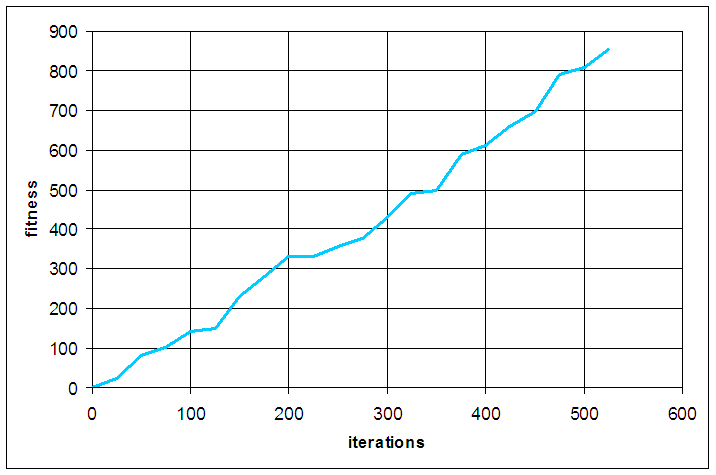

- Example of games: one (A) vs. six others (B-F) ... By Boiko Svetlana

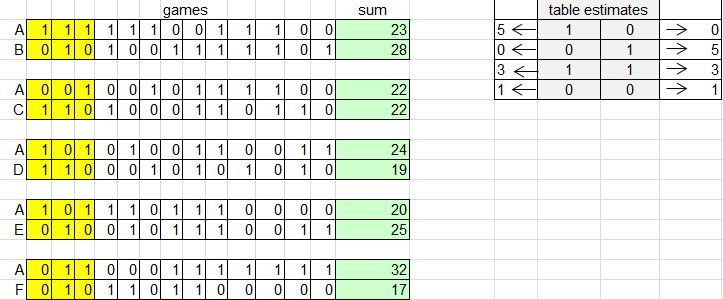
- Example of result of games: ... By Leonchuk Ksenia

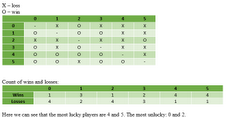
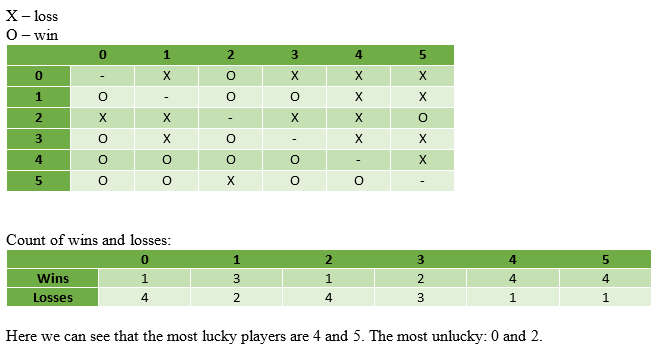
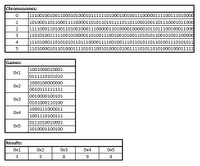
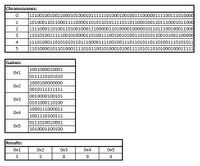
=> They call it "tornament-selection" if the fitness is number of win though this is not a tornament precisely speaking.
=> now under editing
Fitness sharing GA applied to y = sin (5 * pi * x) ... By Snitko Katerina
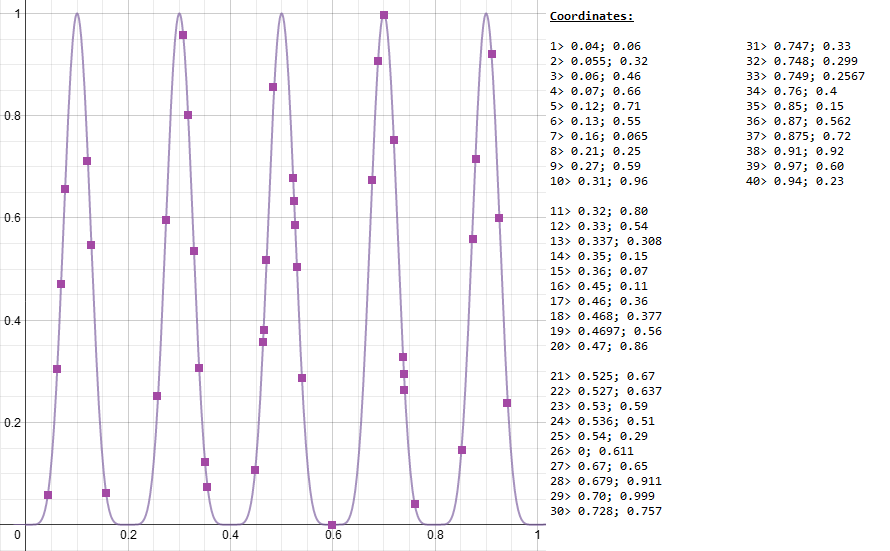
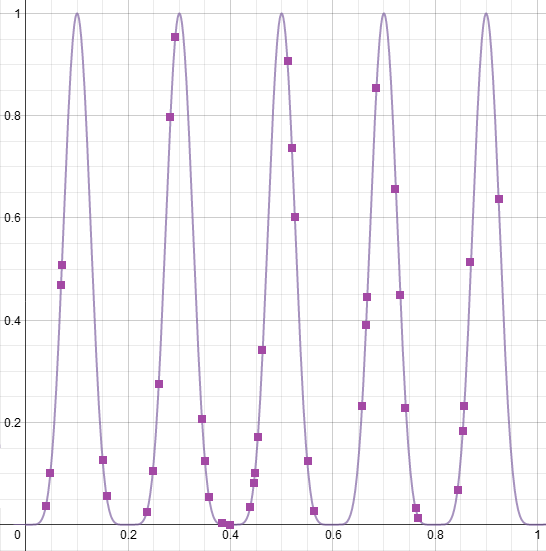
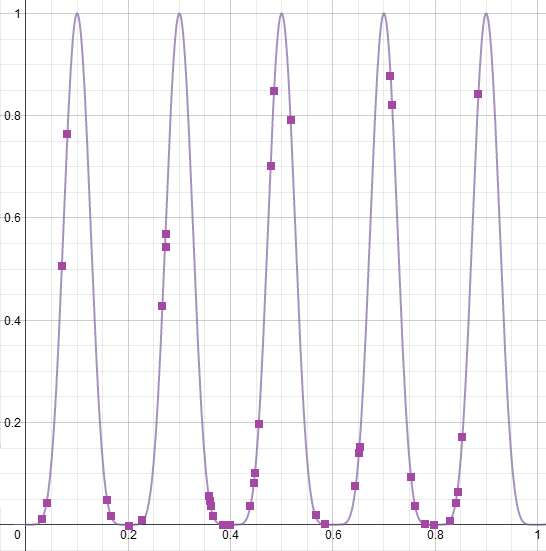
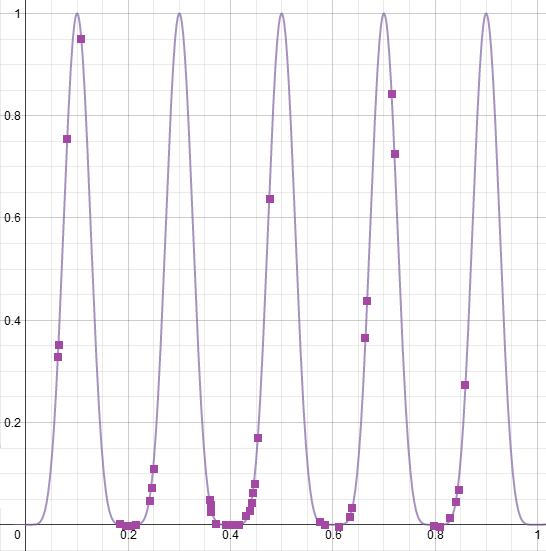
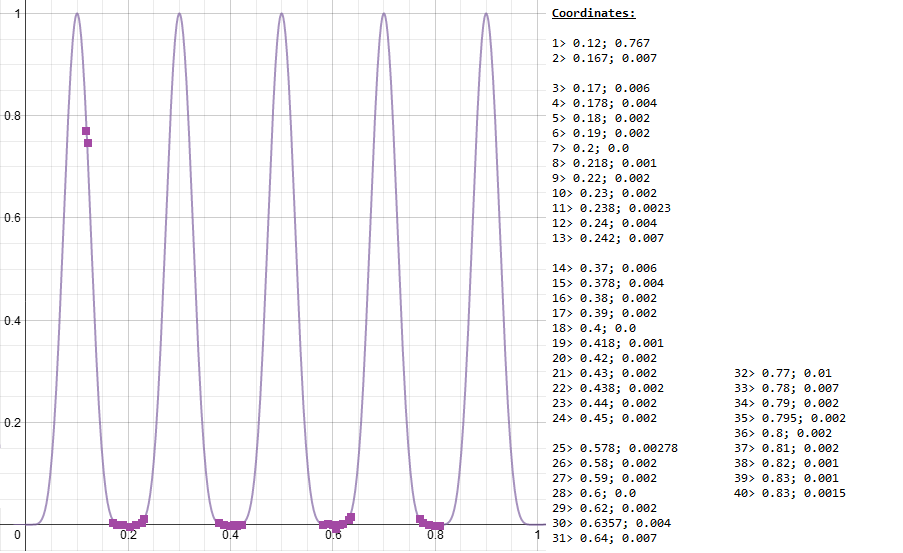
=> 40 points given by 40 chromosomes from random at the begining to the solutions at the end. See also the two different fitness values of these 40 chromosomes, i.e., original fitness and shared fitness at the start and at the end.



















